Coke No Sugar is supposed to be replacing Coke Zero. But Australians aren’t playing along
IN EVERY supermarket, the soft drinks aisle is full of Coke. But one product is hard to find and this Aussie issue is causing headaches.
IN A suburban Sydney supermarket, a women approaches the wall of red that is the Coke aisle.
She picks up a bottle of Coke No Sugar, the new brand the US giant is hoping will win over consumers wary of calorific carbonated drinks.
After a few seconds she puts it down and picks up a Coke Zero instead, the very product Coke No Sugar was supposed to replace. The shelves are stacked with Zero — it’s hard to even see No Sugar.
This one interaction, witnessed by news.com.au, illustrates the big problem Coke has — persuading fussy shoppers to forsake Zero in favour of No Sugar.
While in some overseas markets, Zero is no more, in Australia it’s stubbornly hanging on taking up far more shelf space than its successor.
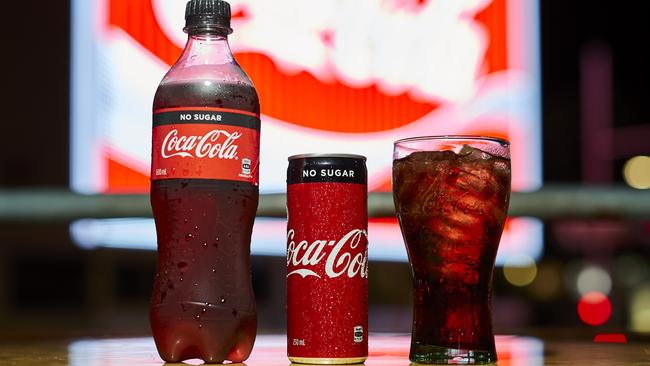
Indeed, Woolworths has told news.com.au they want to continue stocking Coke Zero “due to customer demand”.
Alison Watkins, chief executive of Coca-Cola Amatil (CCA), the company that produces Coke products in Australia, today said the transition to No Sugar was a “work in progress” because Australian consumers, more than any in the world, had taken Zero to their hearts. More needed to be done for customers to “understand” No Sugar.
Yet, come hell or high water, the company is under strict instructions from the US to ditch Zero.
Branding experts have warned replacing Zero is risky, while industry analysts have said the market is saturated and the big money was in bottled water.
So no ones mad they tryna phase out Coke Zero and replace it with Coke no sugar... ITS NOT THE SAME
— bye (@_emc92) January 8, 2018
Me: Do you have any Coke Zero?
— Rah! (@rahest) November 28, 2017
Cafe lady: We're sold out, but you can just get a Diet Coke or Coke No Sugar instead. It tastes the same, you know.
Me: pic.twitter.com/HcQoUIH5zo
Have Coke splained what the heck they are playing at with Coke Zero vs Coke No Sugar? Caffeinated fizzy brown water addicts need to know! pic.twitter.com/2NuOGD3v1P
— Jake Morrison (@jacobjakemo) September 28, 2017
On Wednesday, CCA reported an 81 per cent jump in profits but its underlying net profit, excluding one-offs, was down 0.4 per cent year-on-year.
In the carbonated category, which accounts for 61 per cent of sales, things were less sweet. Profits were down 6.4 per cent and volume was down 2.5 per cent for the year, reflecting a general swing away from sodas.
The company said energy drinks and dairy products were providing growth. But mentions of No Sugar were few and far between during CCA’s investor presentation.
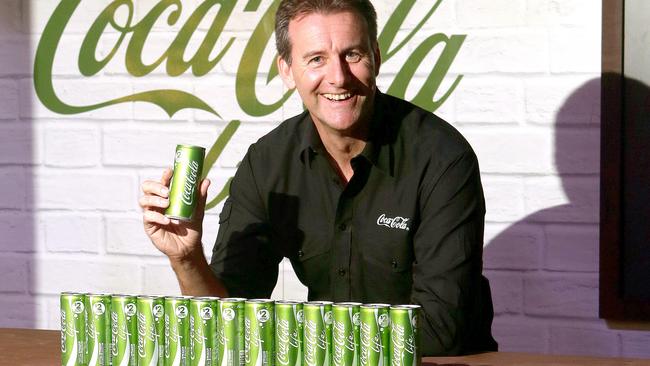
BUT WHERE IS COKE NO SUGAR?
Coke No Sugar launched in Australia in June 2017. It was thought Zero fans would swiftly succumb to the newcomer’s charms which they claim has a near identical taste to full fat Coke. CCA said a third of soft drinks consumers had now tried No Sugar.
But it was a troubled launch. Woolworths initially refused to stock No Sugar, saying there were already plenty of diet drinks on the shelves. They only relented in December.
To make room, Woolies dumped two non-cola CCA products including Glaceau Vitamin Water.
News.com.au visited the soft drinks aisles of several supermarkets. In Coles, Woolies and Aldi No Sugar was available. But it has far less prominence than Zero.
In Aldi, a small number of No Sugar multi-packs sat on a shelf. Not far away, on a pallet, stood a tower of slabs of Zero.
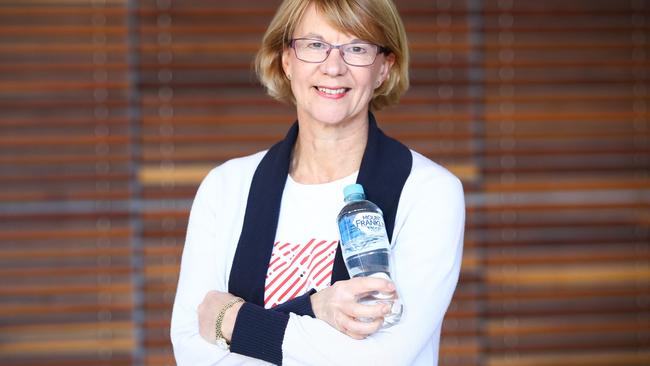
In Woolworths, there appeared to be at least four times the amount of Zero to No Sugar. At Coles a huge display of Coke cartons showcased Classic, Diet and Zero. But no No Sugar.
On Woolworths’ website, shoppers can select seven Zero products, including cans and bottles, compared to just two for the upstart.
Dr Dean Wilkie, a branding expert at the University of Adelaide, said Coca-Cola has a history of launch misfires.
Even if you forget the textbook 1980s marketing disaster that was the replacement of Classic Coke with New Coke, there was the far more recent launch of Coke Life, now called Coke with Stevia.
“I would have thought Coke would have learned that people are passionate about the products they use,” he told news.com.au.
“They had a very unsuccessful launch with Coke Life so there is probably some scepticism with shoppers that (No Sugar) will be satisfactory.”
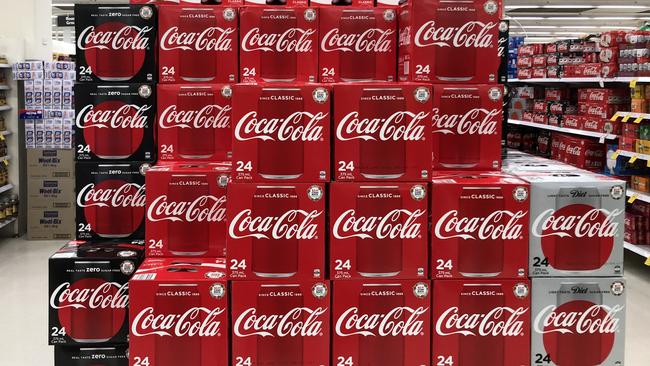
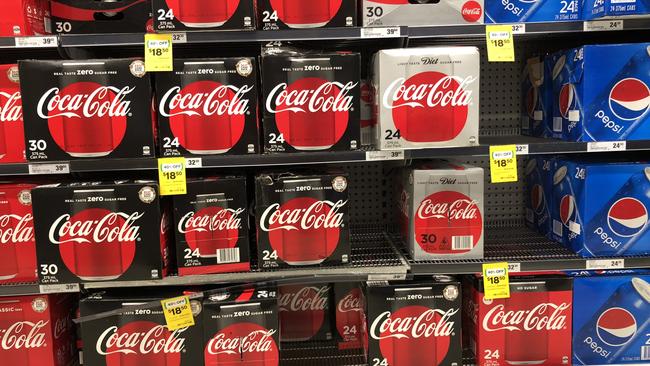
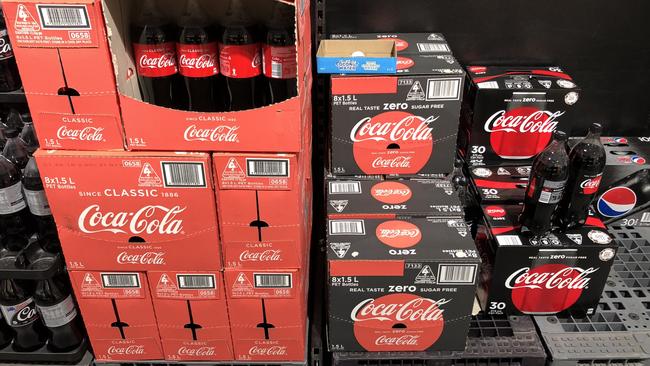
ZERO SHOULD STAY
Dr Wilkie said CCA’s worst nightmare would be Zero loyalists swapping to Pepsi Max and the big retailers could be using No Sugar as leverage.
“Woolworths and Coles may be able to sense CCA’s desperation in a declining category. They might have said, ‘If you want rid of Zero we want better margins,’ because of concerns (No Sugar) might be a dud.
“The success of this transition will rely on retailers but those retailers can really hamper it,” he said.
Coles and Woolies refused to discuss the sales of No Sugar. But Woolworths did reveal they wanted Zero to remain available.
“Due to customer demand we will continue to stock Coke Zero alongside Coke No Sugar in our stores nationwide until such time as Coke Zero is withdrawn from supply,” a spokeswoman said.
One retailer insider told news.com.au it would be “madness” to withdraw a product as popular as Zero from the shelves.
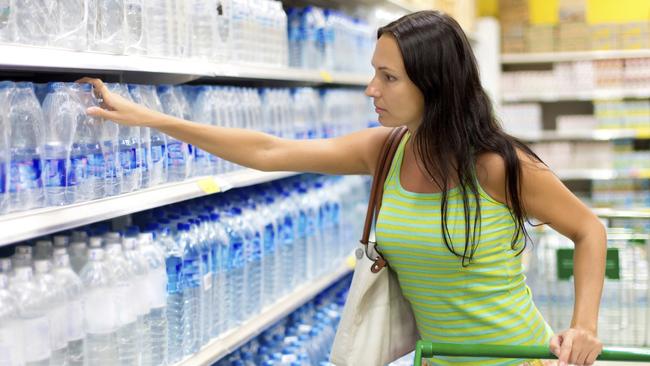
TOO MANY DIET DRINKS
In a 2017 report, retail analysis firm IBIS World said consumers weren’t transitioning from full fat to low fat cola — they were dumping colas entirely.
“CCA’s issues with the introduction of No Sugar shows releasing a new diet soft drink product in an already saturated market may not be the answer.
“Shelf space is a valuable asset … and with consumers changing to healthy alternatives another sugar-free carbonated drink is not an attractive option.”
Tommy Wu, an IBIS World analyst, told news.com.au customers were bamboozled.
“There is confusion among some consumers — is it no sugar? Is it low cal? The aim of replacing Coke Zero is to consolidate that change,” he said.
“There is still definitely demand for Zero and whether it is eventually phased out remains to be seen and depends on CCA’s strategy.”
Mr Wu said much of the excitement in Coke’s range was actually coming from flavoured Cokes like ginger and raspberry.
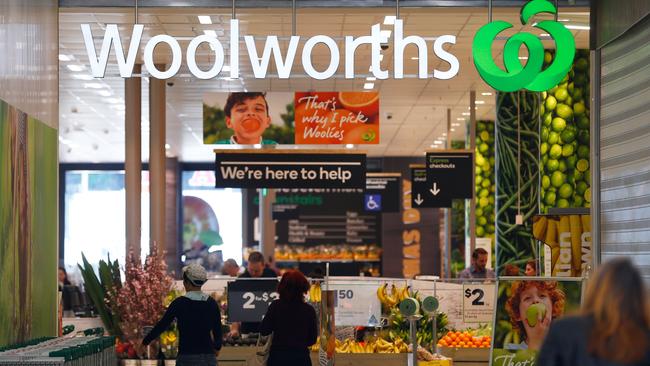
AUSTRALIANS LOVE COKE ZERO
CCA’s Ms Watkins said No Sugar was a “very significant step forward”.
“Customers are really enjoying (No Sugar) and through the course of 2018 we will build on that success and migrate even more strongly from Coke Zero to Coke No Sugar.”
But pushed about how No Sugar was faring in Australia, Ms Watkins said the transition was proving to be uniquely challenging.
“Zero has been a very strong brand (in Australia), stronger than in just about any market elsewhere, so we’re handling that transition thoughtfully. We continue to invest in the consumer to get them to understand No Sugar properly.”
She said the transition was a “work in progress”. Combined, the Diet, Zero and No Sugar brands were growing, she said, but when you took out Diet the two remaining brands had no growth.
A spokesman for Coca Cola Australia, who market Coke’s brands in Australia, told news.com.au that Coke No Sugar was, “proving to be a big success around the world” and the sales of no and low sugar beverages were growing in Australia following its launch.
“That is one of the reasons why we know that Australians are embracing the great new taste of Coke No Sugar.
“We can confirm that we have already begun the phase out of Coke Zero.”
The company insisted the new brand was widely ranged and available in all Coles and Woolies stores, in the “most popular sizes”, as well as in corner stores and service stations.
The company may take some comfort from the shopper observed in the Sydney supermarket. After initially putting No Sugar down, she thought again and picked up both it and Zero and headed off to the check-outs. Coca-Cola will be hoping she prefers No Sugar.




